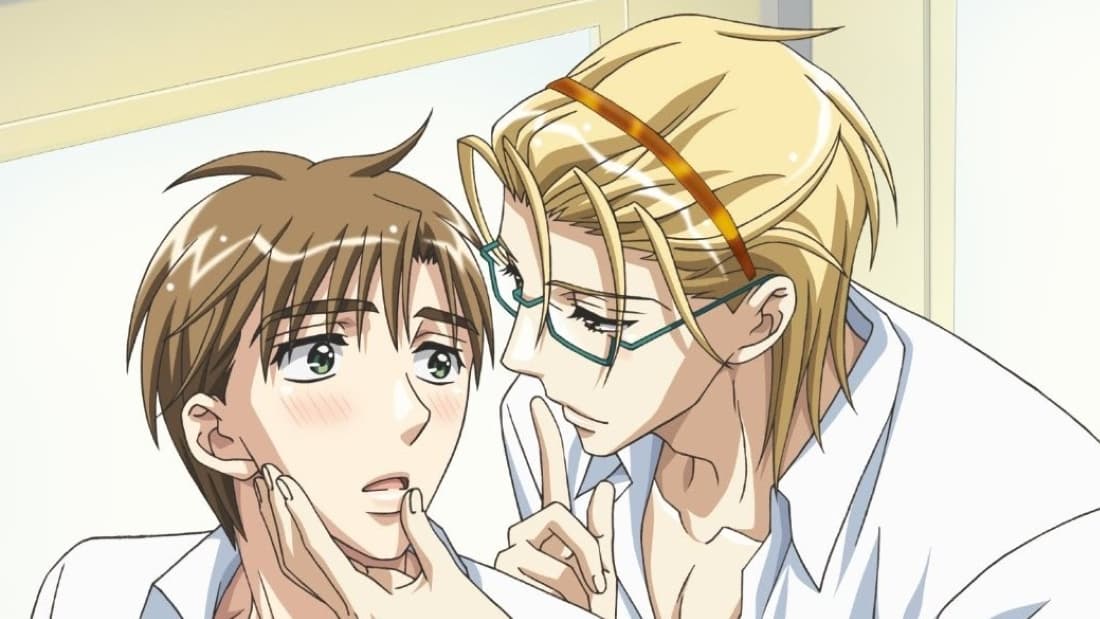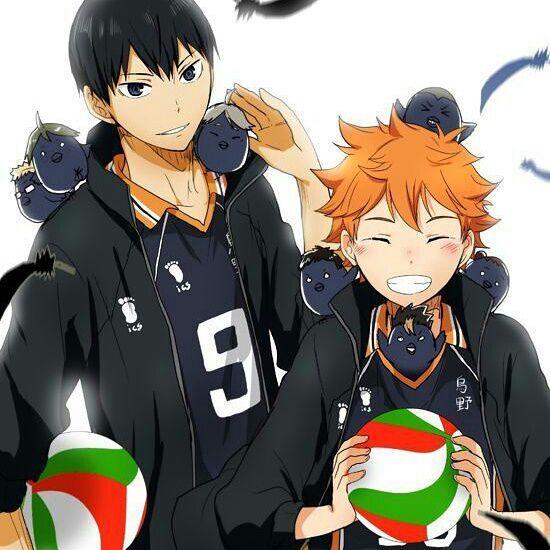
For such a title not to be marketed as yaoi and make it into the pages of such a major magazine shows the strides that LGBTQ media is slowly making. It's an LGBTQ manga that deals with being outed and homophobia - and was published in Weekly Shonen Jump, one of the biggest, most popular manga magazines, catering mostly to young boys. One criticism of Blue Flag is that the manga's conclusion ends up feeling rushed, but Blue Flag is still an extremely important manga. However, a surprising twist threatens their blossoming romance, and Taichi realizes he definitely doesn't know Touma as much as he thought he did. Taichi avoids Futaba at first, but the two soon become closer. Then, a quiet girl named Futaba admits her love for Touma and asks Taichi for his help in winning Touma over. Taichi has always felt inferior to his popular friend Touma, and thus keeps his distance as they approach their senior year.
#BEST YAOI ANIME SERIES#
Related: The Night Beyond the Tricornered Window Is a GREAT BL Series for Non-BL Fans Sweet Blue Flowersīlue Flag, by mangaka KAITO, seems like a generic love triangle at first glance. Love Me For Who I Am is licensed by Seven Seas Entertainment. Don't let the cutesy art fool you Love Me For Who I Am does have some humorous and lighter moments but ultimately has a serious storyline with various people attempting to understand what it means to be nonbinary and confronting their inner prejudices. Though the manga mostly focuses on Mogumo, other supporting characters are LGBTQ - including a trans girl, a lesbian and a gay couple. Mogumo is actually nonbinary and causes the cast to reflect on their assumptions about gender. The maid cafe caters to a specific niche, employing only "girly boys." However, Mogumo tells Tetsu that he shouldn't assume someone's gender because of their presentation. Love Me For Who I Am, by Kata Konayama, starts with one of the main characters, Tetsu Iwaoka, inviting his loner classmate Mogumo to work for his family's maid cafe. Love Me For Who I Am's art makes it seem like a moe manga, but the manga actually delves into some serious subjects. Related: Revolutionary Girl Utena’s Lasting Impact on Queer, Female-Led Storytelling Our Dreams at Dusk It can be read via Seven Seas Entertainment. Though it's definitely an uncomfortable read, Claudine is still a part of manga's LGBTQ history. However, most of Claude's family tends to support his identity, and the manga doesn't treat Claude's circumstances and demise as an inevitability but rather, a fault of society. It's not perfect - it ends in tragedy and, well, the title of the manga is Claude's dead name. The manga follows the protagonist, Claude, as he comes to terms with his gender identity and falls in love with multiple women throughout his life.Ĭlaudine, unfortunately, is a product of its times.


However, Claudine is revolutionary for featuring one of the first transgender protagonists in manga. The Rose Of Versailles and Dear Brother are also manga that explore LGBTQ themes, with The Rose Of Versaille's Lady Oscar breaking gender roles and Dear Brother being a tragic drama with multiple gay women. ClaudineĬlaudine is a manga by the prolific Riyoko Ikeda, who also published The Rose of Versailles and Dear Brother. With that in mind, here are some important LGBTQ manga you should take a look at.

Earlier this year, CBR offered recommendations for Pride month focussed on this kind of manga, but it's never a bad thing to continue to uplift LGBTQ stories throughout the year. Obviously, an author also doesn't necessarily have to be a member of the community to include this kind of representation or tell a good story, but it's difficult to pinpoint specific stories that aren't just yuri or yaoi. In general, LGBTQ representation in anime and manga has slowly made strides and is now making its way further and further into the mainstream. The famous group CLAMP has never really cared about gender in love, and Sailor Moon notably has an out lesbian couple. Some people have reclaimed the genres somewhat, while others aren't big fans of them.įortunately, some manga artists have also done their parts to include this kind of representation in non-yaoi/yuri titles. Though the yaoi and yuri genres exist and have helped pave the way to normalizing LGBTQ identities, many series are considered fetishistic and written for the straight female or male gaze. LGBTQ representation is rather complicated in anime and manga.


 0 kommentar(er)
0 kommentar(er)
